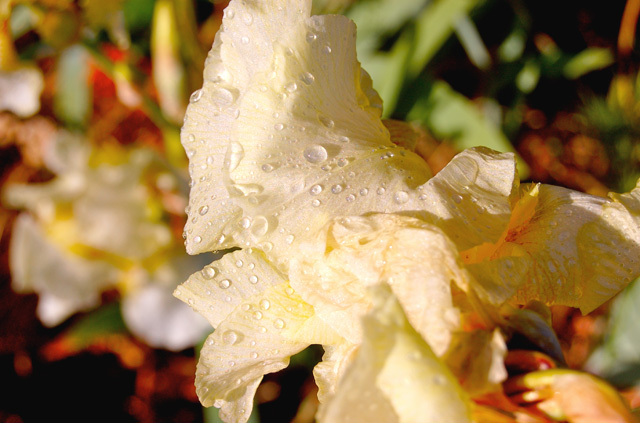|
“In the jumble… the mighty jumble… Whide Hunter sleeps tonight.” |
|
|
More than likely, language evolved from human beings attempting to narrate – to tell a story – to each other, to report something seen or experienced. Even though human memory is unreliable, we do have a built-in sense of chronology. That is true for animals, as well. Outside the humanities, “scientific” research has come to dominate academic writing. But many of us who carry out primarily qualitative and ethnographic research find that narrative is still the primary way of understanding and communicating the world. Yet “analytic writing” has tended to be defined as non-narrative writing, as prose formed around categorical analysis, themes, data essays, tables and graphs, even in qualitative work. In the past few years, however, third-wave feminist and postmodern researchers have introduced narrative back into analytic writing. That move, in addition to the greater freedom that comes with getting tenure and becoming a full professor, has given me the opportunity to integrate the kinds of writing that I have been doing since childhood. Many of my recent publications include poetry and narrative as primary ways to analyze, express, and illustrate. I became a “wounded storyteller” when I was disabled with an immune system disorder in 1994. I was for many years unable to write about disability or what I experienced, because of the traumatic nature of all of it for me. It took me a decade to find a way to address and express disability, my experience of disability and my theoretical thinking about it. I wrote a series of papers, the most important of which was published in 2005, titled “Journey to the ‘New Normal’ and Beyond: Reflections on Learning in a Community of Practice.” The article appeared in The International Journal of Qualitative Studies in Education (QSE). To write about my experience and position it theoretically, I found that I had to join analytic writing with poetry and narrative. Academic analytic writing strategies alone failed to capture or explain what happened. “Journey to the ‘New Normal’”… is available here as a .pdf download: You may download "Journey to the 'New Normal'" PDF here |
